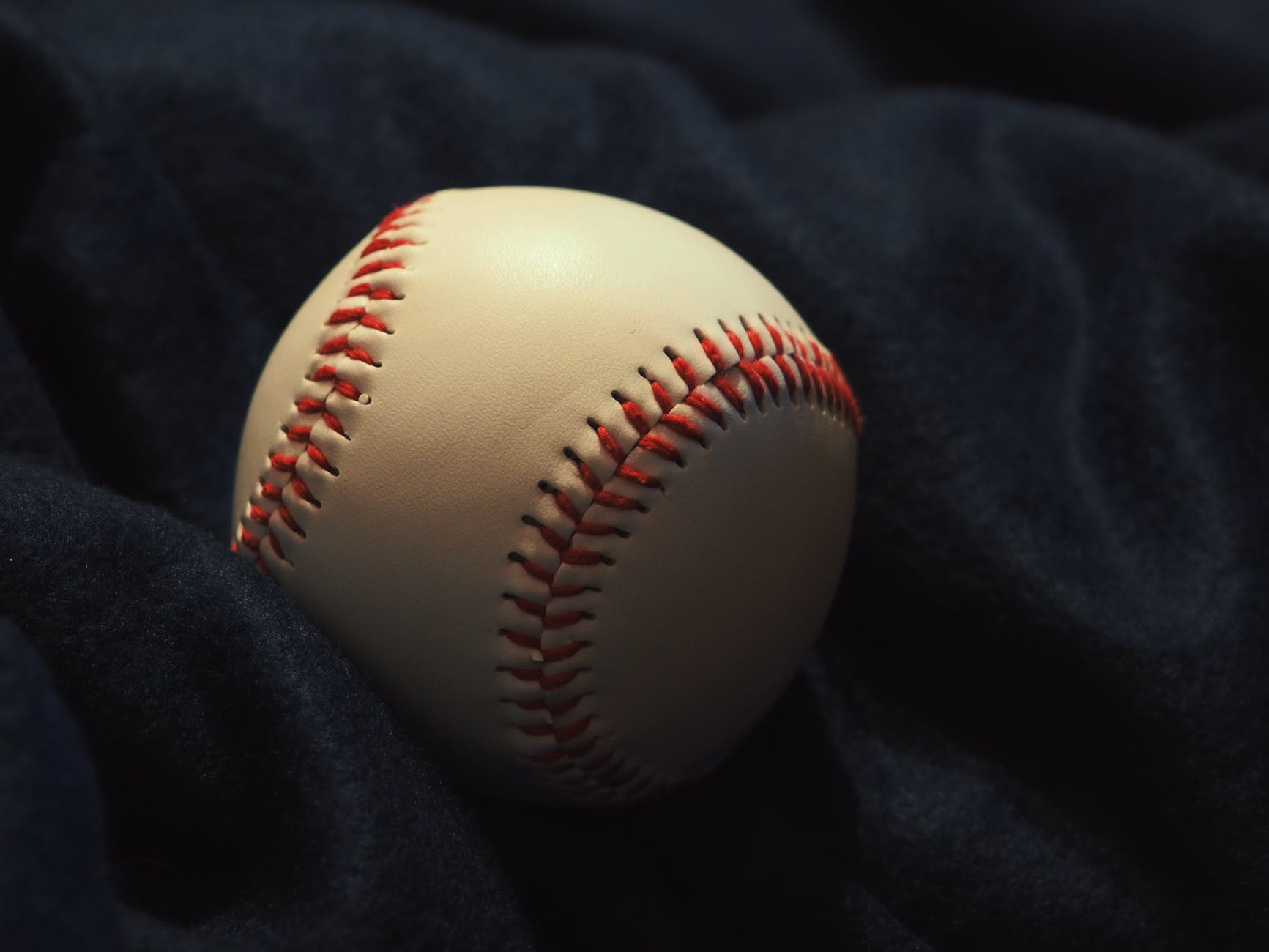By: Chuck Merlis
On Friday, Sept. 9, Major League Baseball Commissioner Rob Manfred announced a docket of new rules for the 2023 season.
Starting in the 2023 MLB season, the league announced the implementation of a pitch timer, bigger bases, and limitations on defensive shifts.
“The rule changes we are announcing today have been thoroughly tested and refined for years in the minor leagues. These rules have been tested in approximately 8,000 minor league games, dating back to last season. That is the equivalent to three and a half Major League seasons,” said Manfred.
Manfred went on to outline why he believes the rule changes are needed.
“Our guiding star when thinking about changes to the game has always been our fans. What do our fans want to see on the field?” said Manfred. We have conducted thorough and ongoing research with our fans, and certain things are clear. Number one, fans want games with better pace. Number two, fans want more action, more balls in play. Number three, fans want to see more of the athleticism of our great players.”
According to the MLB’s website, the pitch clock will include a 30-second timer between batters, a 15-second timer between pitches with no runners on base, and a 20-second timer between pitches when there are runners on base.
The pitch clock rule also limits the number of times a pitcher can attempt to pick off a baserunner to two attempts per plate appearance. If the pitcher violates these rules, an automatic ball will be added to the count. If the hitter violates these rules, an automatic strike will be added to the count.
According to the MLB’s website, the implementation of a pitch clock decreased the average time of Minor League games by about 26 minutes per game.
The website also states that the limitations to defensive shifts dictate that teams must have four infielders with their feet on the dirt (meaning an infielder cannot be standing in the outfield grass) and that two infielders must be to the left of second base, and the right of second base. Failing to abide by this rule allows the batting team to either add a ball to the count or choose to allow the outcome of the play to stand.
The league-wide average of balls in play is .291%, which is six points lower than the league-wide average in 2006.
The size of bases will also be increased from 15 inches square to 18 inches square. Despite the size of the bases being increased, the home plate will not increase in size.
According to MLB.com, increasing the bases’ size is not only to encourage more players to steal more bases but also to benefit players’ health, as many injuries occur on plays at bases.
Potential rule changes in the MLB have been a hotly contested issue over the past few years, with many proponents citing negative shifts in how the game is played and declining TV ratings.
According to Sports Illustrated, the 2022 MLB All-Star game drew record-low TV ratings. This year’s mid-summer classic drew in 7.507 million viewers, 10% lower than the 2021 All-Star game, which was 10% lower than the 2020 All-Star game. MLB All-Star games in the 1900s consistently pulled in more than 20 million viewers annually.
Theo Epstein, who held positions with the Boston Red Sox’s and Chicago Cubs front offices from 2002 to 2020, and now serves as a special consultant for MLB, says the new rules MLB is implementing are intended to improve the fan experience.
“We felt it was essential to listen to the fans of today. We are giving fans more of what they like and less of what they dislike,” Epstein said in a press conference Friday.
Epstein went on to say that today’s MLB has charted away from its core.
“The game has evolved in a way that no one would have chosen if we were sitting down 25 years ago to chart a path forward,” said Epstein.
Critics say that the new rules violate long-standing traditions of the game, that things like defensive shifts are examples of gamesmanship, and that players who are hurt by defensive shifts should adapt their game.
According to Haden Erbe, a 2021 University of Tampa alumnus and pitcher for the Tampa Bay Rays minor league system for the Bowling Green Hot Rods, violations of tradition are the only way to move the game forward.
“Tradition is overrated,” said Erbe. “Adapt or die.”
However, Erbe acknowledges that limiting defensive shifts rewards players who refuse to adapt.
“Banning shifts will certainly help the hitters, but I do not know if it will help them become better hitters. I believe it will just reward pull hitters, especially lefty batters,” said Erbe.
Many people in the game disagree with Erbe, like Cleveland Guardians Manager Terry Francona.
“I do worry about the shifting thing, the unintended consequences of it. Like, are you rewarding guys that just pull the ball instead of trying to get back to using the whole field?” said Francona in an interview with MLB.com. “I keep hearing people say, ‘Guys are tired of hitting into the shift.’ Then hit the ball the other way.”
MLB’s new rules go into effect at the beginning of the 2023 season.




